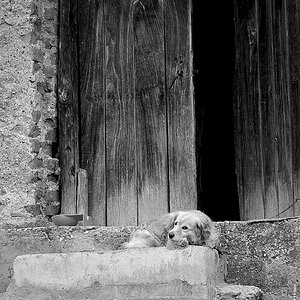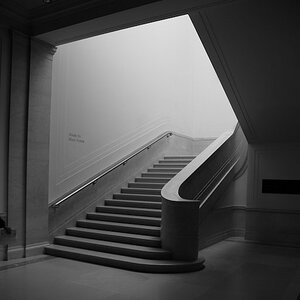Snakeguy101
TPF Noob!
- Joined
- Dec 5, 2010
- Messages
- 717
- Reaction score
- 63
- Location
- Gainesville
- Can others edit my Photos
- Photos OK to edit
I hear a lot of people treating certain photography rule as if they are the law. Things like "rule of thirds" "shoot away from the sun" and "avoid motion blur" are good starting points for most photos but I wanted to post a few examples of broken rules so that you may be able to begin to experiment with new techniques that do not follow the traditional cookie cutter molds.
This image has a terrible exposure and a centered composition and it takes my breath away.
http://images.nationalgeographic.co.../cache/art-student-williams_61720_990x742.jpg
This image has cropped half the boat and is not showing the subjects face. Also what a terrible angle to photograph someone from... right? Wrong.
http://images.nationalgeographic.co...10/cache/tour-guide-vietnam_61079_990x742.jpg
Here is one that I took that is not a great photo admittedly but those "distracting foreground elements" (the bubbles in this case) add to the photo more than detract from it.

Here is one where the people are so blurry they are barely recognizable.
Istanbul Picture
You do not have to like the images that I provided to understand the point. Learn the "rules" to break them.
If you have any more examples either from yourself or that you have found online then please share them.
This image has a terrible exposure and a centered composition and it takes my breath away.
http://images.nationalgeographic.co.../cache/art-student-williams_61720_990x742.jpg
This image has cropped half the boat and is not showing the subjects face. Also what a terrible angle to photograph someone from... right? Wrong.
http://images.nationalgeographic.co...10/cache/tour-guide-vietnam_61079_990x742.jpg
Here is one that I took that is not a great photo admittedly but those "distracting foreground elements" (the bubbles in this case) add to the photo more than detract from it.

Here is one where the people are so blurry they are barely recognizable.
Istanbul Picture
You do not have to like the images that I provided to understand the point. Learn the "rules" to break them.
If you have any more examples either from yourself or that you have found online then please share them.



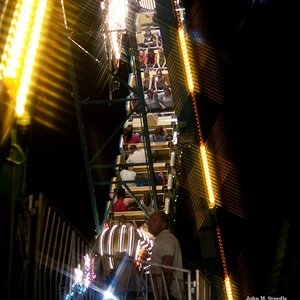

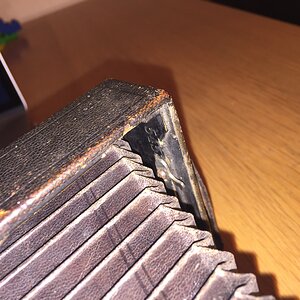

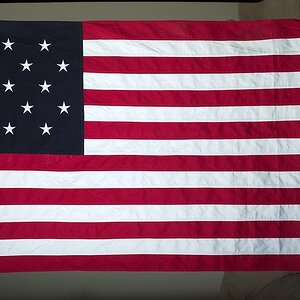
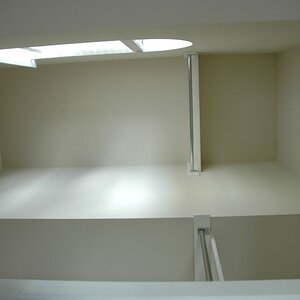
![[No title]](/data/xfmg/thumbnail/38/38737-350089c7ae87f5c983c5362b9b78b671.jpg?1619738703)

